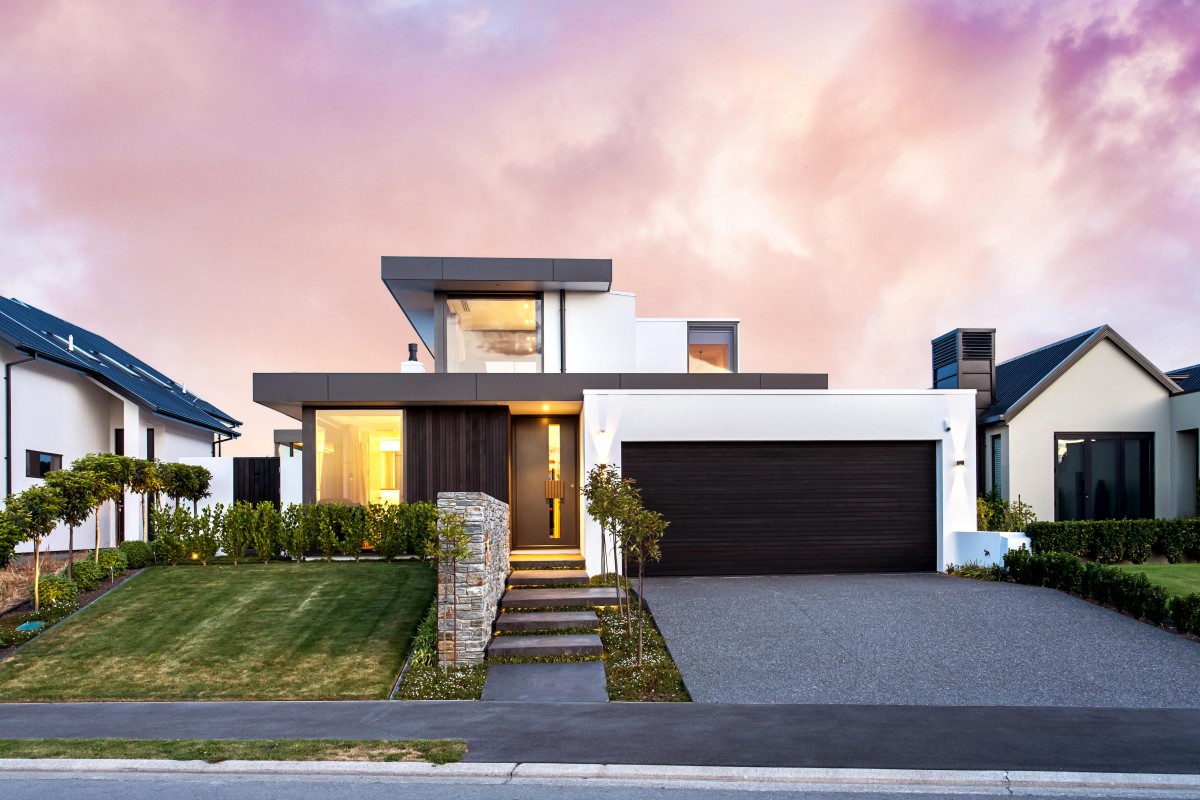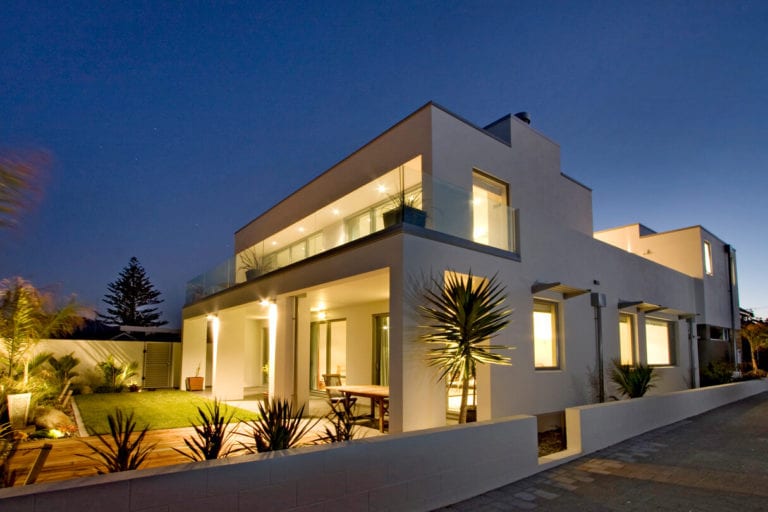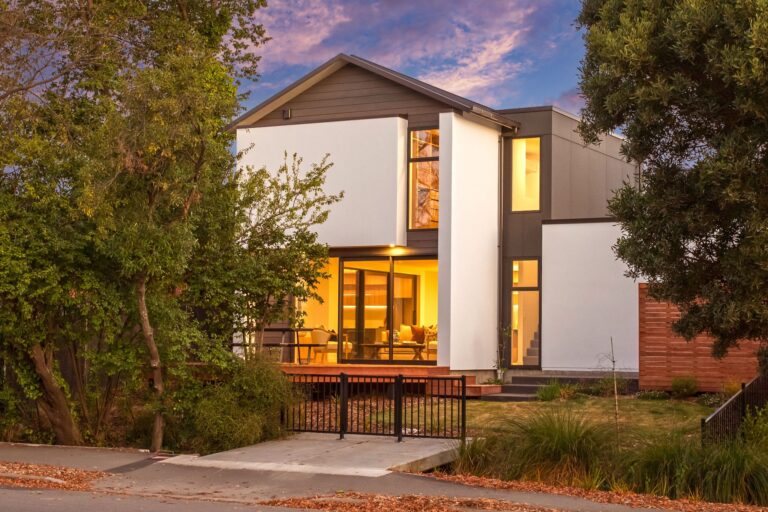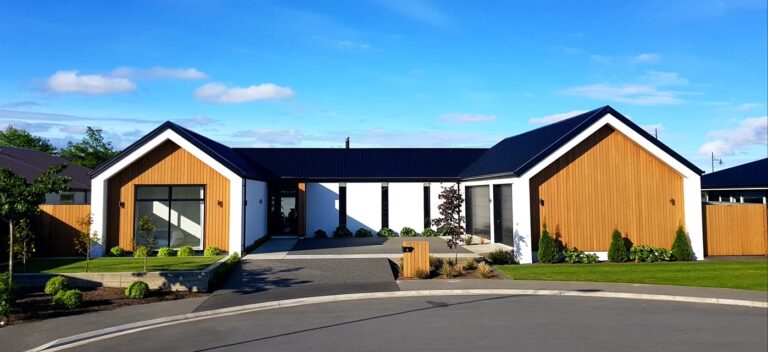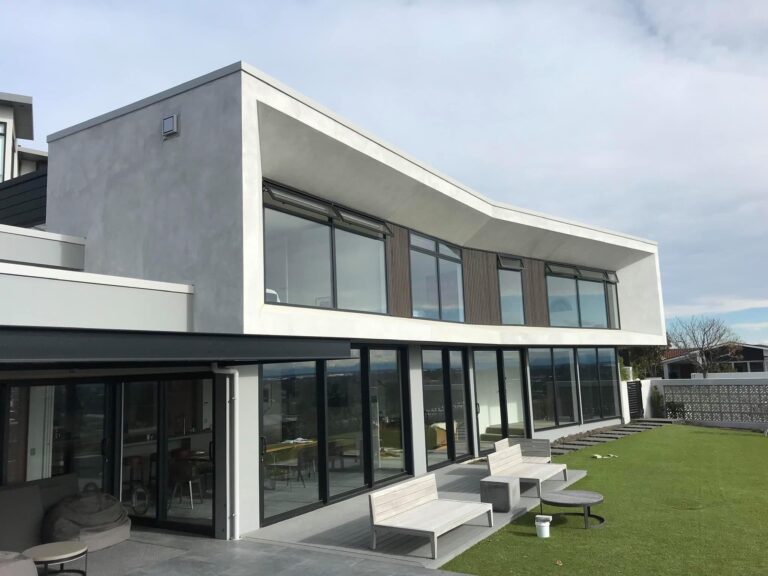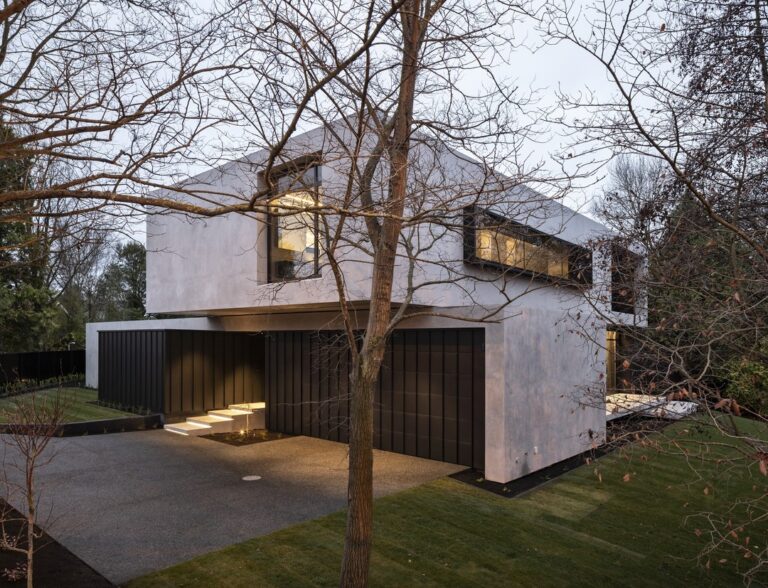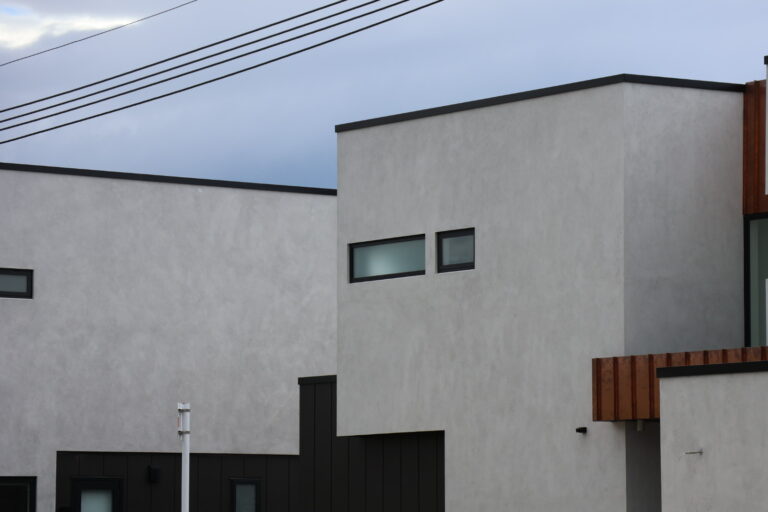Timber vs Polystyrene Battens: Why Timber Works Best for AAC Panel Installations
When installing Celcrete AAC panels, battens are an essential component. They provide a stable fixing surface, create a ventilation cavity, and ensure proper drainage – all of which help maintain the performance and longevity of your exterior walls. Two common options for battens are timber and polystyrene, but H3.2 structural timber offers several advantages that make it the preferred choice.
Why Battens Matter
Battens create a cavity between the cladding and the AAC panels, which:
- Allows moisture to drain effectively
- Promotes airflow to prevent mould and decay
- Provides a straight, solid substrate for cladding and plaster finishes
Choosing the right battens can significantly affect the ease of installation, the final finish, and long-term durability.
Timber Battens: Strength, Straightness, and Efficiency
H3.2 structural timber battens are widely regarded as the superior option for several reasons:
- Stability and Straightness
Timber battens create a flat, level surface, making AAC panel installation easier and more precise. They also allow installers to further straighten walls by packing out or planing the battens – something that simply can’t be done with polystyrene. A straighter installation means less time spent correcting uneven panels and a smoother, more professional finish for plaster coatings. - Enhanced Airflow
Timber battens can be installed as non-continuous battens, which promotes greater airflow within the cavity. Improved ventilation helps manage moisture and maintain the integrity of both the AAC panels and the plaster system. In contrast, polystyrene battens are continuous, which restricts airflow and limits ventilation performance. - Strength and Durability
Being H3.2 treated structural timber, these battens provide long-lasting support and comply fully with NZ Building Code durability requirements. They can withstand the demands of exterior applications, including exposure to moisture, without compromising structural performance. - Ease of Plastering
When panels are straight, plasterers can work more efficiently, reducing labour costs and material waste from sanding or patching uneven surfaces.
Polystyrene Battens: Lightweight but Limited
Polystyrene battens (EPS/XPS) are lightweight and resistant to rot, but they come with limitations:
- Handling & Fixing: Polystyrene battens require careful handling to avoid damage and may need additional fixings to meet code requirements.
- Installation Challenges: Polystyrene battens are less rigid, making it harder to maintain a perfectly straight plane. Uneven panels can increase plastering time and cost, as extra effort is needed to correct irregularities.
- Structural Limitations: While suitable for some lightweight applications, they may not provide the same stability as timber for AAC panels, especially on larger walls or in high-wind areas.
- Restricted Airflow: Being continuous, polystyrene battens offer minimal ventilation within the cavity, which can affect long-term wall performance.
Why Most Prefer Timber
While polystyrene battens can work in select situations, H3.2 structural timber battens remain the most practical, durable, and efficient choice when installing Celcrete AAC panels. Their ability to straighten walls, improve airflow, and deliver long-term structural reliability makes a real difference to both the installation process and the quality of the finished exterior.
| Feature | Timber Battens | Polystyrene Battens |
|---|
| Straightness & Stability | Excellent – can be packed and planed for perfect alignment | Moderate – less rigid, harder to achieve flatness |
| Ease of Plastering | High – straight panels make plastering faster, smoother, and reduce labour/waste | Lower – uneven surfaces increase plastering time and material use |
| Durability | Excellent – H3.2 treated for exterior use | Good – rot-resistant, but less structural support |
| Handling & Installation | Easy to cut, align, and fix | Lightweight, but requires careful handling to avoid damage |
| Airflow | Non-continuous design allows superior ventilation | Continuous design restricts airflow |
| Labour & Cost Efficiency | Reduces labour and waste due to straight, stable installation | May increase labour and waste due to correction of uneven panels |
Every detail counts – and with Celcrete, you know it’s done right.



